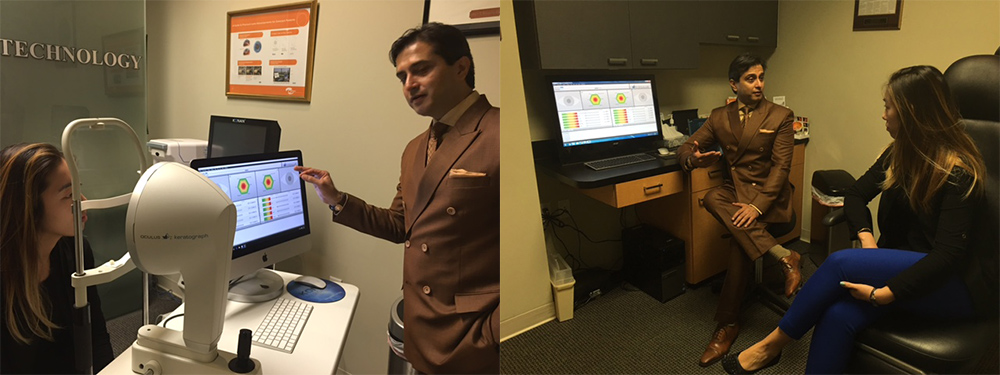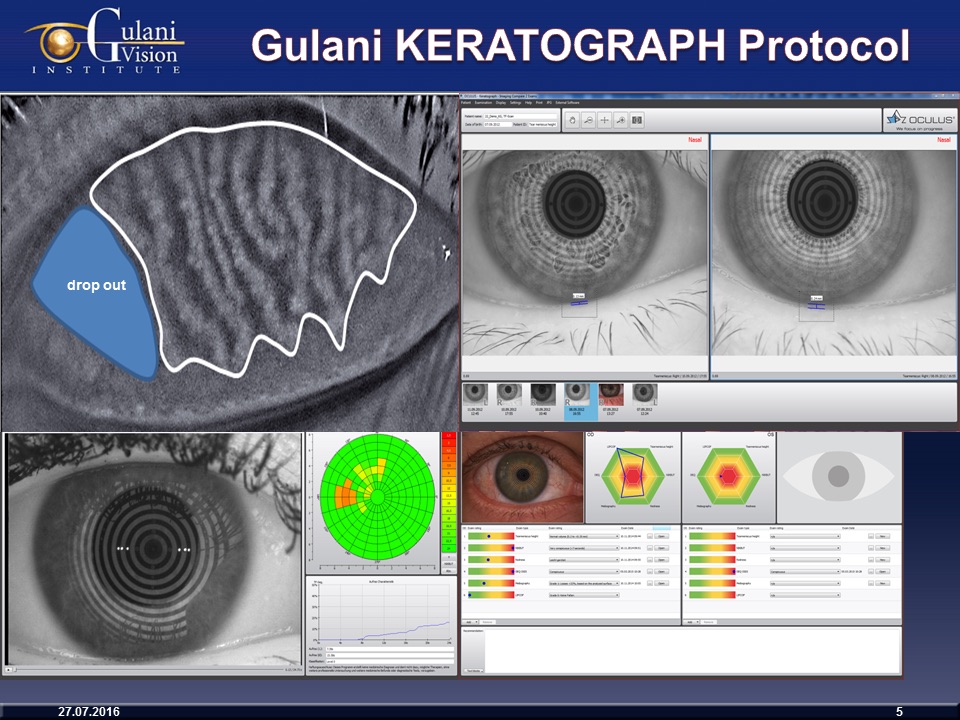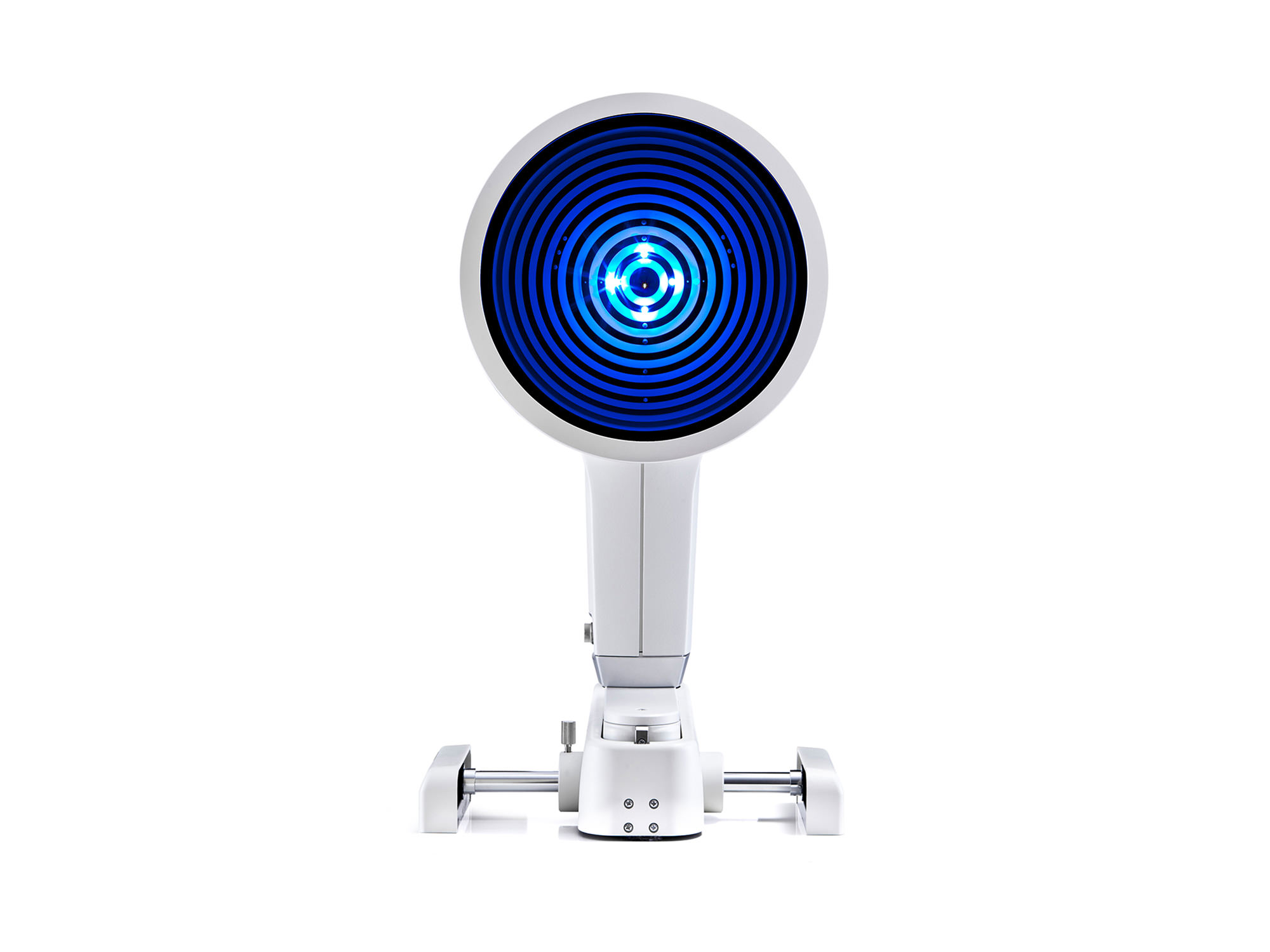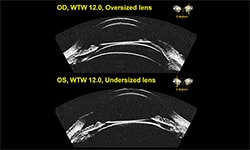Editorially Independent Content
The Keratograph 5M (Oculus) is an advanced corneal topographer with a built-in keratometer and a color camera optimized for external imaging. In addition to topography, the technology helps examine the meibomian glands, perform a noninvasive tear film break-up time, measure the tear meniscus height, and evaluate the lipid layer.
Impact on Practice and Patient Care
In my practice, the Keratograph 5M has enhanced the way in which I select the best treatment options, educate patients, and involve them in the decision-making process. I look at each patient as a candidate for refractive surgery in a more objective and subjective fashion, and can engage them as an active participant in the decision process so they better understand their condition. My practice is slightly unique in that I see a number of second opinions, complication corrections, and patients who are dissatisfied with their surgeons following premium surgery. The Keratograph 5M allows me to assess a patient’s condition and pinpoint if the cause of their dissatisfaction is actually related to dry eye disease (DED). The system has several easy-to-understand displays that are valuable teaching tools for patient education. When subjective complaints are substantiated by a diagnostic test, it empowers the patient and remedies misconceptions about their surgeon. When a patient feels like they are on your team, they will literally cheer you on as you help them get back to their excellent vision.

Additionally, topographic information from the Keratograph 5M provides me with a detailed assessment before I even enter the exam room. I use it in combination with the Pentacam (Oculus) because it gives me so much information about the status of the patient’s ocular surface and refractive outcomes so I have a good baseline to formulate my plan of action.
Many of the patients referred to me have been told previously that they have dry eye or ocular surface dysfunction, but it can be difficult for them to comprehend what that means. They just assume that they produce fewer tears. I use the Keratograph 5M to conduct 6 particular tests including tear-film break-up time, meibography, the tear-film elevations and levels, and am able to review all data on one screen. Patients are much better educated when they understand that the diagnostic process is providing a personalized report and their treatment is actually tailored to their type of dry eye.

I have found that the combination of Pentacam and Keratograph has actually led to the conversion of dry eye patients into candidates for premium cataract surgery, laser vision surgery, and implantable contact lens (ICL) surgery by identifying and treating their DED.
Implementation
With many new technologies, you have an initial learning curve as the staff learns how to use the device and incorporate it into the workflow. However, the Keratograph 5M is so easy to use that our staff was able to implement it efficiently and quickly after training. Additionally, a nice feature is the customizable testing protocol. I don't need all 12 tests on every patient, so our system is programmed to perform the six I use routinely.
Besides corneal topographies and corneal anatomies that we study using various devices, like the Pentacam’s Scheimpflug camera system and new IOL power calculation module (available on the Pentacam AXL), the ocular surface diagnostics provided by the Keratograph 5M add another dimension to the patient work-up. I believe that the combination of the Pentacam AXL and Keratograph 5M is a diagnostic suite, if you may, where vision corrective surgery can truly be planned from A to Z.





